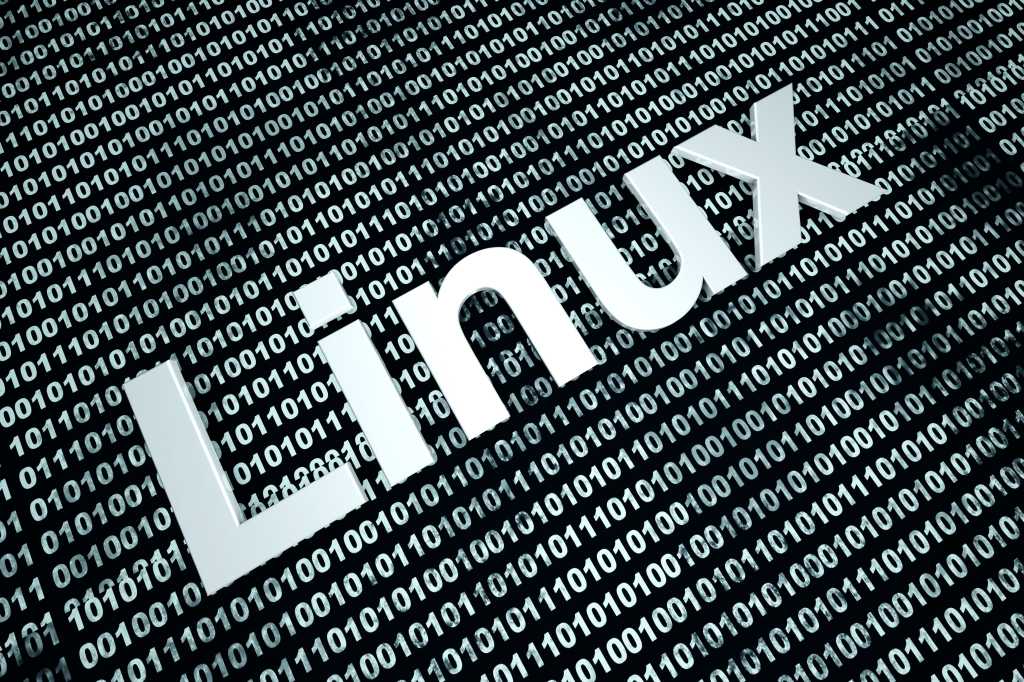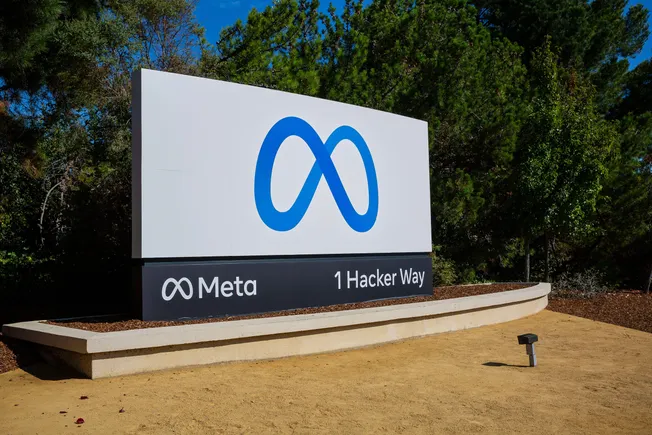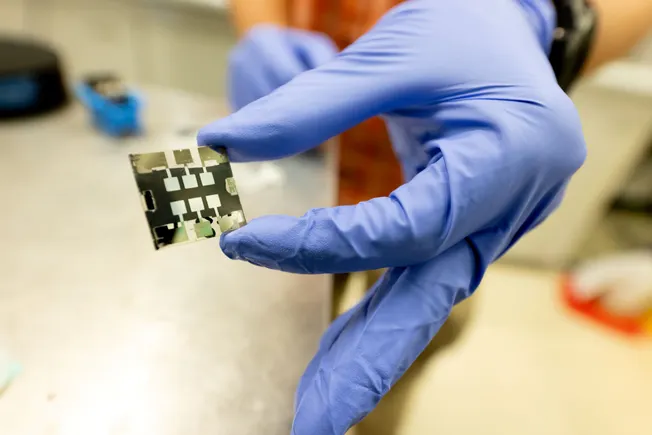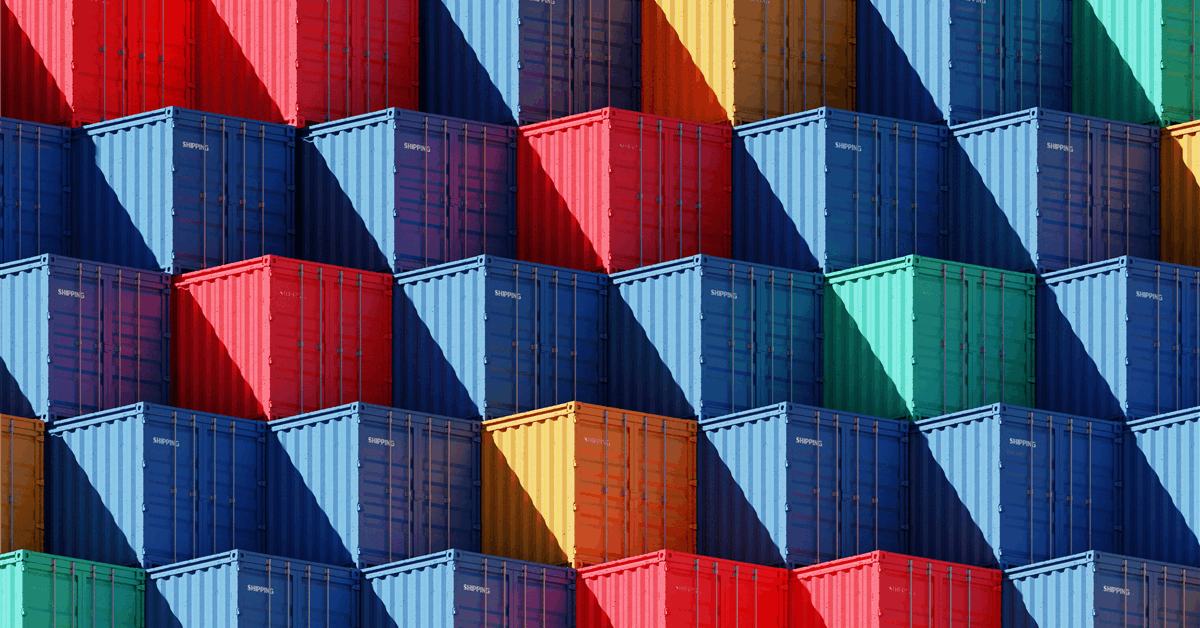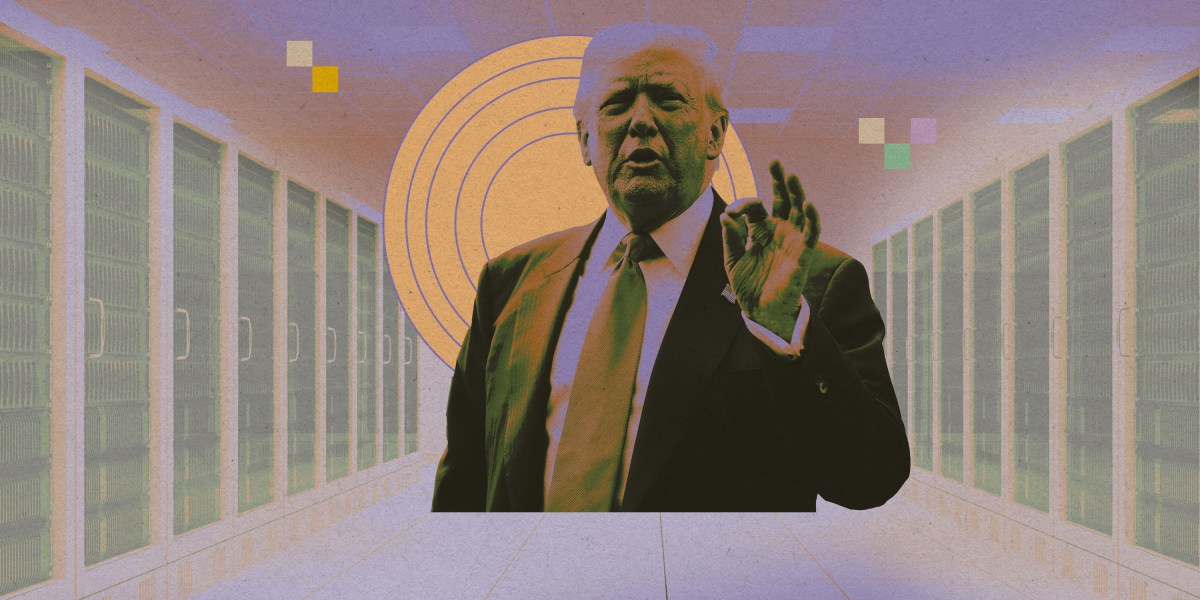
Equinor ASA on Wednesday reported $1.67 billion in adjusted net income for the second quarter, down 31 percent from the same three-month period last year as weaker liquids prices offset stronger gas prices and production.
Adjusted earnings per share came at $0.64, compared to $0.84 for Q2 2024. That fell short of the consensus estimate of $0.66 by analysts who took part in Equinor’s quarterly polling.
The Norwegian majority state-owned energy major declared a dividend of $0.37 per share for Q2 2025. The board agreed to keep the share buyback pace at $1.265 billion.
Equinor has now completed $2.465 billion toward a 2025 repurchase program of up to $5 billion. It expects total capital distribution this year to be $9 billion.
Net income before adjustment for nonrecurring items was $1.32 billion, down 30 percent year-on-year.
Equinor logged 2.1 million barrels of oil equivalent a day (boed) in equity production in the April-June quarter, up two percent year-over-year.
Norwegian equity natural gas production and equity liquids production averaged 704,000 boed and 655,000 boed respectively. “New production from the Johan Castberg field reaching plateau and Halten East contributed. Together, this offset natural decline, impact from the turnaround at Hammerfest LNG and maintenance at the Kollsnes processing plant”, Equinor said.
In the U.S., Equinor’s equity gas and liquids production totaled 283,000 boed and 147 boed respectively. “The acquisition of additional interests in U.S. onshore assets in 2024, and higher production from these assets, contributed to a 28 percent increase in oil and gas production from U.S. in the second quarter, compared to the same period last year”, Equinor said.
International upstream production excluding the U.S. fell year-on-year due to Equinor’s exits from Azerbaijan and Nigeria, completed 2024. However, Angola, Argentina and Brazil saw increases.
Equinor expects to grow annual production by four percent this year, despite an expected impact of 30,000 boed from scheduled maintenance.
Liquids sales totaled 262.3 million barrels, up three percent year-on-year. Gas sales totaled 16.3 billion cubic meters (575.63 billion cubic feet), up six percent.
Equinor’s liquids prices in Norway and the U.S. dropped 19 percent and 17 percent year-on-year respectively, while its international liquids prices excluding the U.S. declined 20 percent.
On the other hand average gas prices in Norway and the U.S. increased 25 percent and 83 percent respectively. Equinor’s average prices for piped gas in Europe and the U.S. climbed 21 percent and 78 percent respectively.
In renewables, Equinor increased its power generation 24 percent year-on-year to 0.78 terawatt hours (tWh) in Q2 2025, driven by Dudgeon, Sheringham Shoal and Dogger Bank A. The bulk of the renewables output was onshore (0.41 tWh), mostly in Brazil.
Equinor booked $955 million in impairments from its offshore wind assets in the U.S. “The offshore wind industry is facing major financial and regulatory challenges in the U.S.”, Equinor said. “Reduced expected synergies from future offshore wind projects resulting from regulatory changes and increased exposure to tariffs impacted the project economics negatively in the second quarter 2025”.
Revenue and other income for Q2 2025 totaled $25.15 billion, down two percent year-on-year. Net operating income was $5.72 billion, down 25 percent year-on-year. Operating activities registered $2.48 billion in cash flows
Equinor had $9.47 billion in cash and cash equivalents at the end of Q2 2025. Current assets totaled $45.15 billion.
Current liabilities totaled $36.82 billion, the bulk of which is a current tax payable of $11.86 billion, while finance debt accounted for $8.64 billion.
To contact the author, email [email protected]

